Garden Soil pH: What Is It and Why Does It Matter?
There are a lot of components that go into planting and growing a successful garden. The one that is often forgotten is soil pH. So today we're going to find out what it is and why it matters.
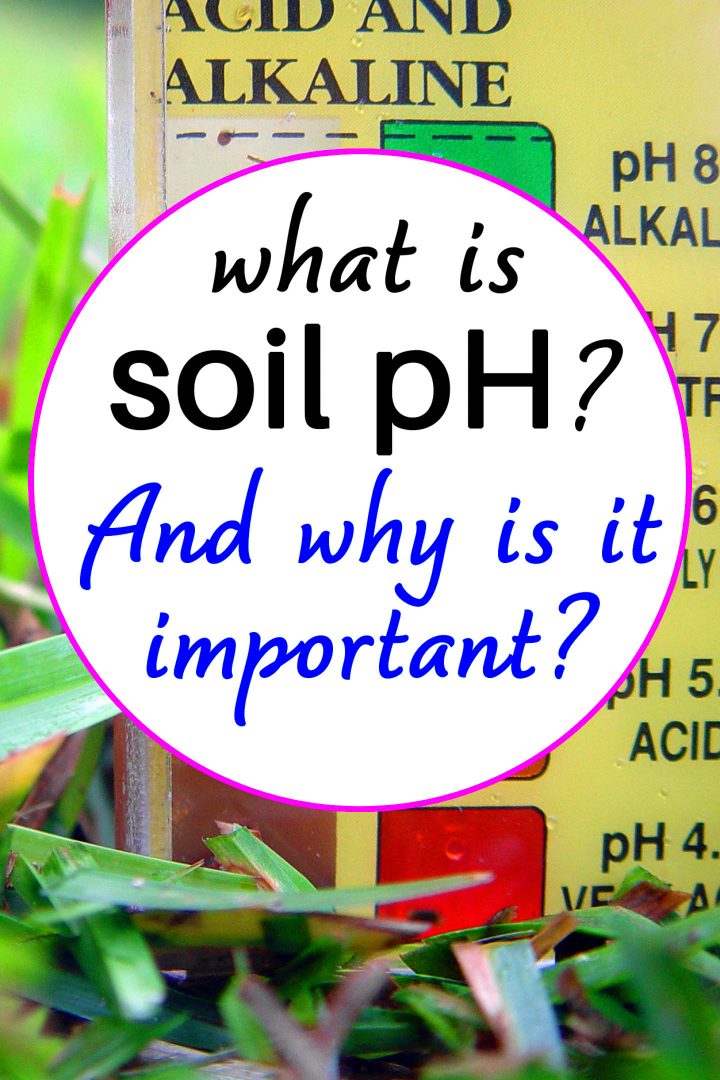
Have you ever planted a garden and even though you did everything right, your plants don’t grow or they don’t grow as they should?
You watered it properly, you gave it the necessary amount of light and your compost/soil mix was on point. But still your garden did not produce the plant growth you expected.
So I have one question…did you check your soil pH levels?
Soil pH is how acidic or alkaline your garden is. And it directly affects which plants will grow successfully in your garden.
Why is soil pH important?
Over time, plants have evolved to require certain nutrients in order to flourish. The soil pH determines which ones are available to be absorbed by the plant roots.
If your soil pH is too acidic or alkaline, your plants will get too much of certain nutrients and not enough of others.
Plant in the incorrect soil and your seeds or seedlings will not flourish and in some cases may struggle to survive at all.
How is garden pH measured?
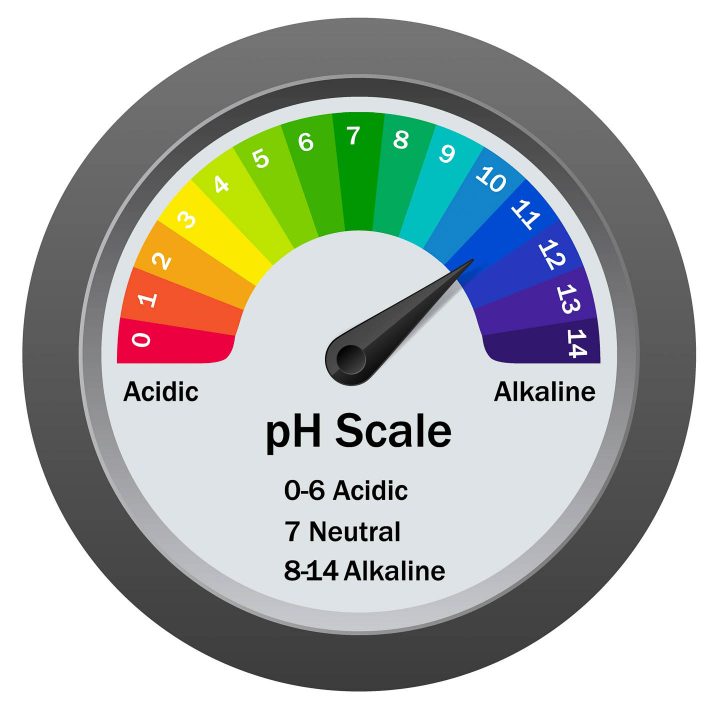
The pH scale for gardening runs on a scale from 0 to 14.
- A reading below 7 (low pH) indicates your soil is acidic.
- A reading above 7 (high pH) indicates it is alkaline.
- A reading of 7 exactly is considered a neutral reading which means your soil is neither alkaline or acidic.
For most regular garden plants, you will want your soil pH to read somewhere between very slightly alkaline or very slightly acidic, between 6.5 to 7.5.
Strong alkaline or strongly acid soils will need to be amended to grow most plants.
How to test garden soil pH
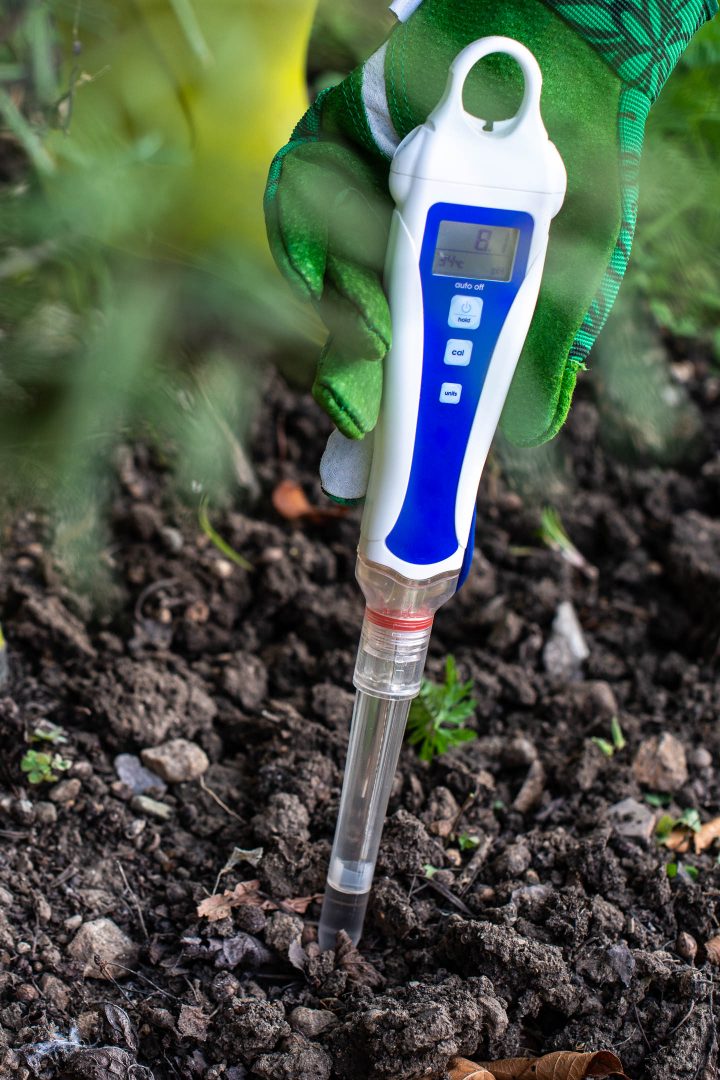
There are three ways to test the pH of your soil:
- The easiest way is to buy a battery-operated tester (like this one* from Amazon) that you stick in the ground and it gives you a reading.
- A more accurate way that requires a little more work is to get a DIY soil pH test kit.
- The best way is to send a soil sample to your local cooperative extension to get tested. They will usually do a full analysis of the pH as well as all the nutrients in your soil
To run a soil pH test yourself:
- buy a test kit like this one* from Amazon.
- scoop a small amount of your garden soil out of the garden and clean it up. This means removing any small pebbles, sticks or other debris from it. It can also be a good idea to break up any large clumps of dirt that may be in your sample.
- use the scoop from the testing kit to scoop a small sampling of your soil into the test tube.
- Add whatever chemicals your test requires and shake.
- Within a few minutes, the chemicals will change colors. Use the color chart that comes with the test to determine your soil pH levels.
Do I really need to fix soil pH?
Yes and no.
If the plants you are planting will grow well with the type of soil you already have, there is no need to mess with it.
However, if the plants you desire will not grow well in your soil pH, you should at least attempt to balance it in the direction you need.
Be sure to keep in mind that this is not a once-and-done scenario. You will have to keep up the treatments to maintain the desired growing conditions.
How to fix a soil pH imbalance
If your soil is too alkaline or too acidic for the plants you want to grow, you have two options available to you:
- The easy way out is to plant in raised beds or containers that you can fill up with top soil or triple mix which has the correct pH.
- The second option is to balance the soil in your garden beds.
Gardening tip: It is usually far easier to fix soil that is too acidic than it is soil that is too alkaline. The latter often contains calcium carbonate that resists pH changes.
To make acidic soil more alkaline
Acidic soil with a pH below 5.5 will prevent minerals such as phosphorus, calcium and magnesium from being absorbed by plants.
The best way to increase the soil pH is to use liming materials such as dolomitic limestone. Sprinkle the lime around the base of alkaline-loving plants and water it in well (lime needs moisture to be absorbed).
You will likely need to repeat this treatment more than once per year for it be effective.
But over-liming is possible so it's a good idea to re-test the soil a couple of months after each application. This will make sure you are applying the right amount of lime.
To make alkaline soil more acidic
Alkaline soil will prevent nutrients such as iron, manganese, copper, zinc, and phosphorus from being available to plant roots.
Aluminum sulfate is the fastest and most effective way to lower soil pH. When it is worked into the soil, it creates a chemical reaction that causes an immediate change. But it can burn the plants in the process.
Another approach is to work peat moss into the soil. This adds organic matter into the soil which lowers the pH and improves the texture of the soil but will take longer to see results.
Plants for alkaline soil
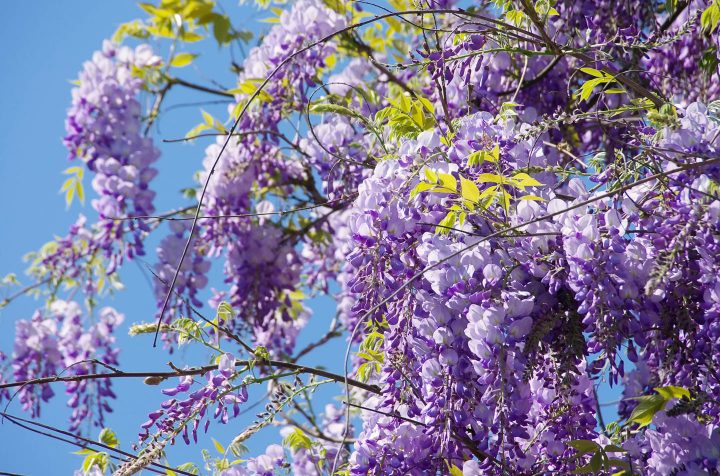
If you don't want to go through the hassle of adjusting your garden soil pH, try to choose plants that will thrive with the conditions you already have.
As already mentioned, there are quite a few common garden vegetables and flowers that grow well in soil that is alkaline.
Here are the pH ranges for a few of these:
| Plants for alkaline soil | pH |
| Wisteria | 6.5 to 8.0 |
| Arborvitae | 6.0 to 8.0 |
| Mock Orange | 6.0 to 8.0 |
| Deutzia | 5.0 to 8.0 |
| Forsythia | 6.5 to 7.5 |
| Caryopteris (Bluebeard) | 6.5 to 7.5 |
| Tomatoes | 6.0 to 7.5 |
For those with alkaline soil, these and others are perfect for planting without needing any soil work at all.
Plants for acidic soil
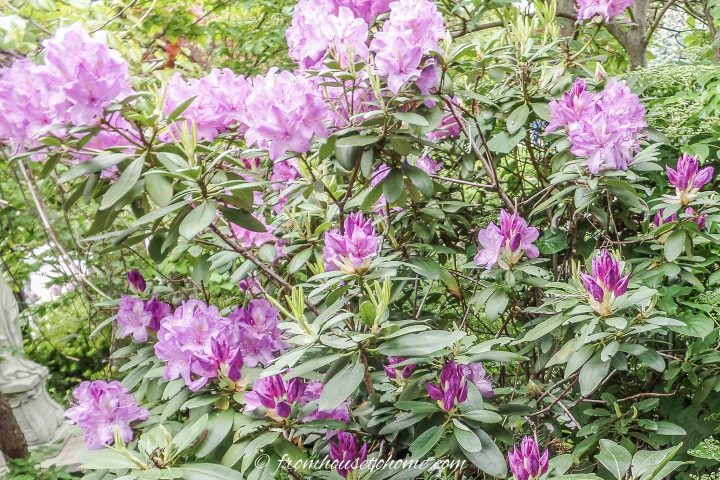
It's much easier to find plants that thrive in acidic soil (which is good news for me since the soil in my neck of the woods is very acidic).
A few of these are:
| Plants for acidic soil | pH |
| Blueberries | 4.3 to 5.5 |
| Mountain Laurel | 5.0 to 5.5 |
| Magnolia | 5.0 to 6.0 |
| Pieris japonica | 5.0 to 6.0 |
| Camellias | 5.0 to 6.5 |
| Rhododendrons and Azaleas | 5.5 to 6.5 |
| Sweet Potatoes | 5.5 to 6.0 |
| Dogwood Trees | 5.6 to 6.5 |
| Marigold | 5.8 to 6.2 |
Now that you know the basics of soil pH, hopefully you're on your way to a healthier garden!
Other gardening tips you might like
- How to pick the right plants
- How to start a flower garden
- 10 tips for designing a low-maintenance garden
Have comments or questions about garden soil pH? Tell us in the section below.
This post was originally published on April 13, 2021 but was updated with new content on November 23, 2024.

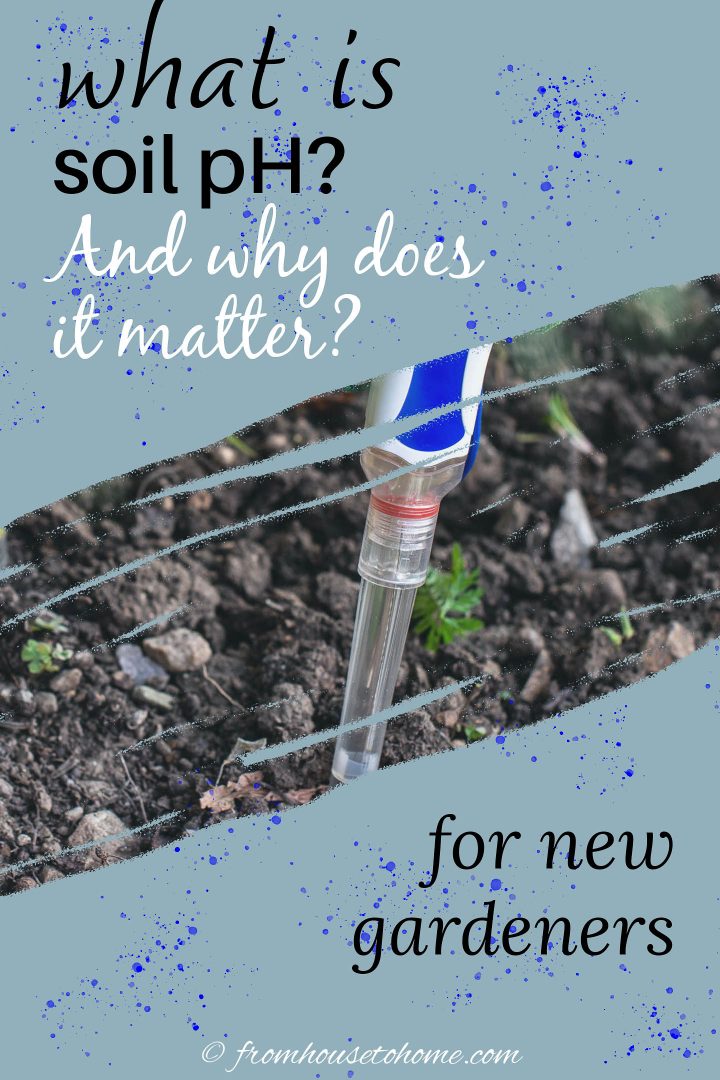
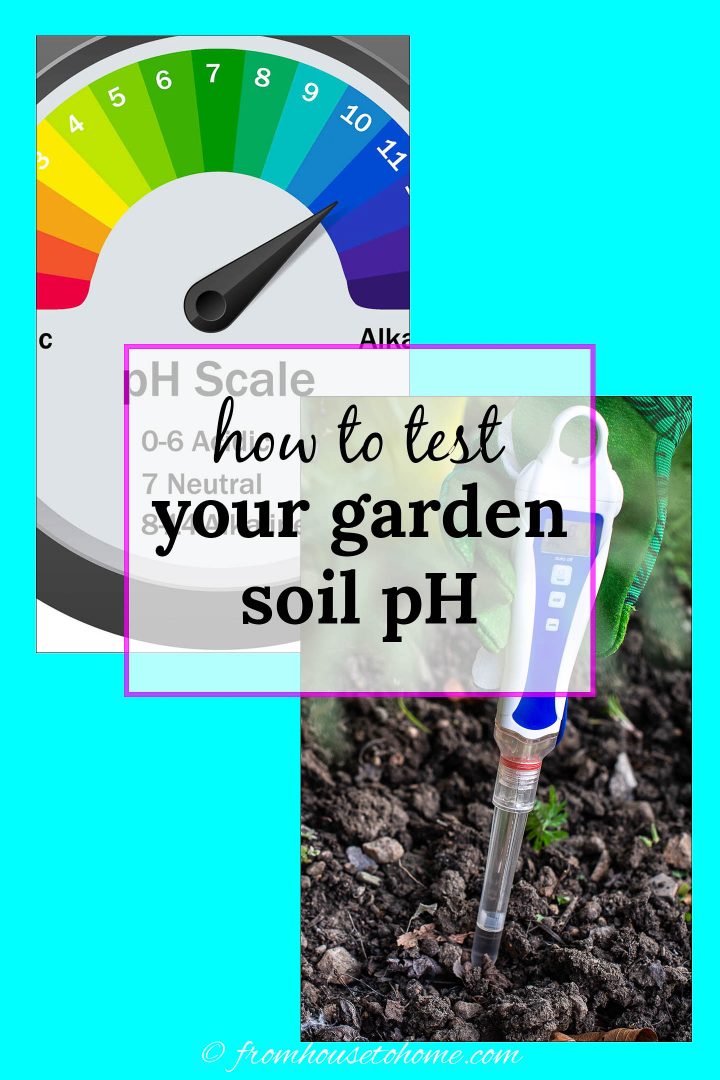
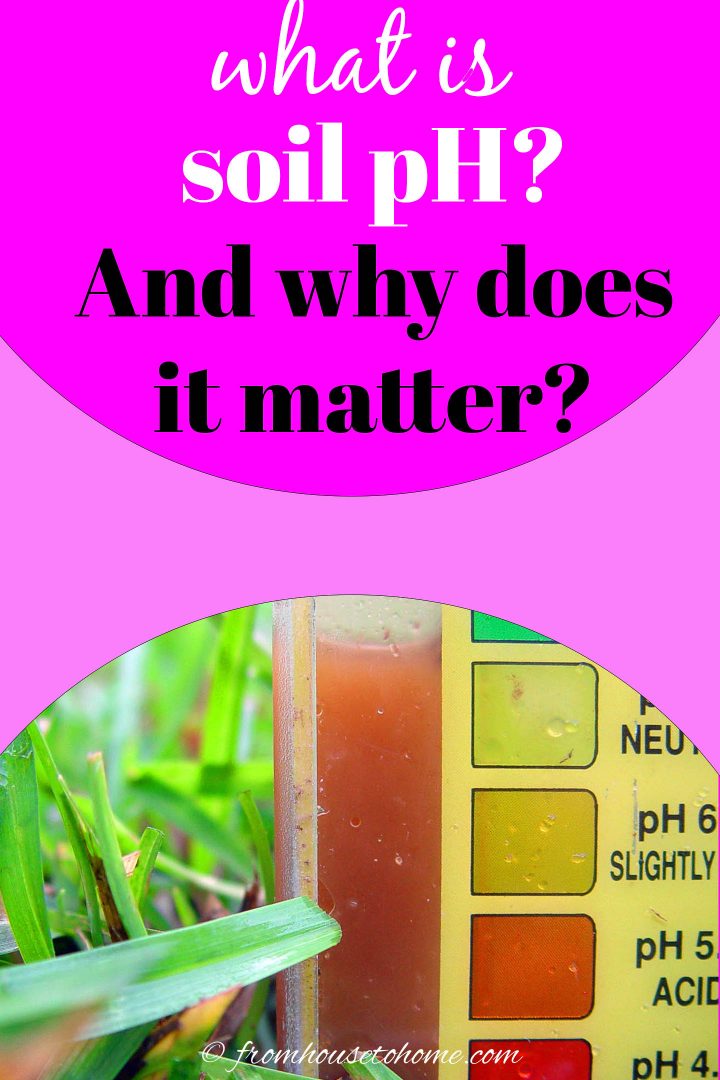
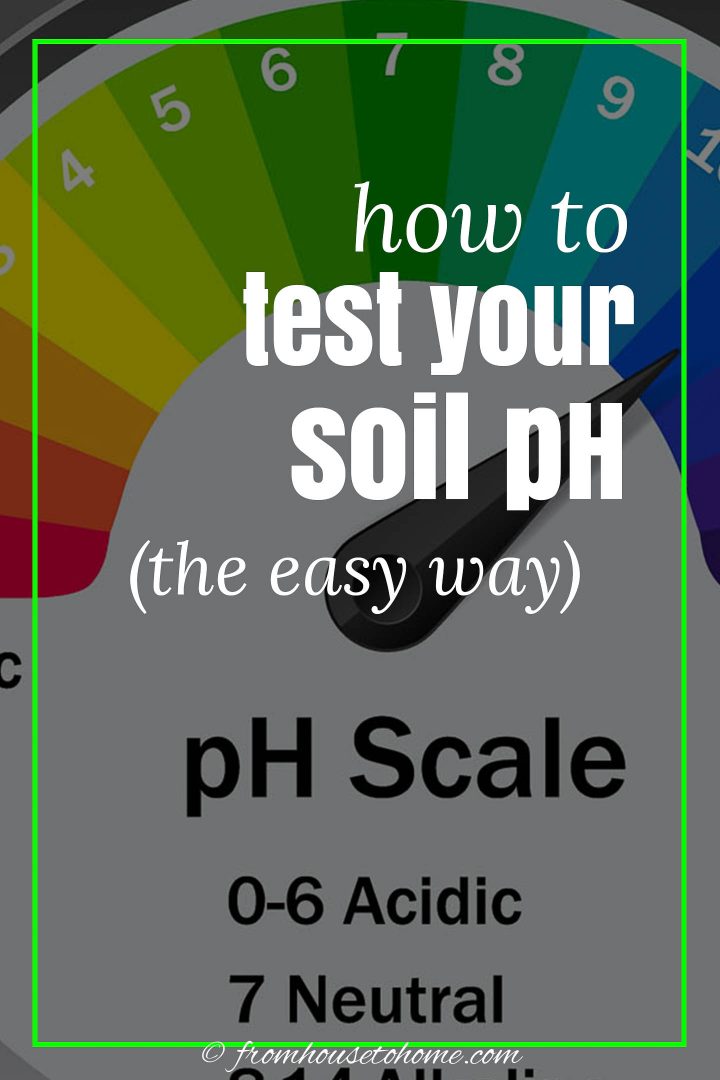
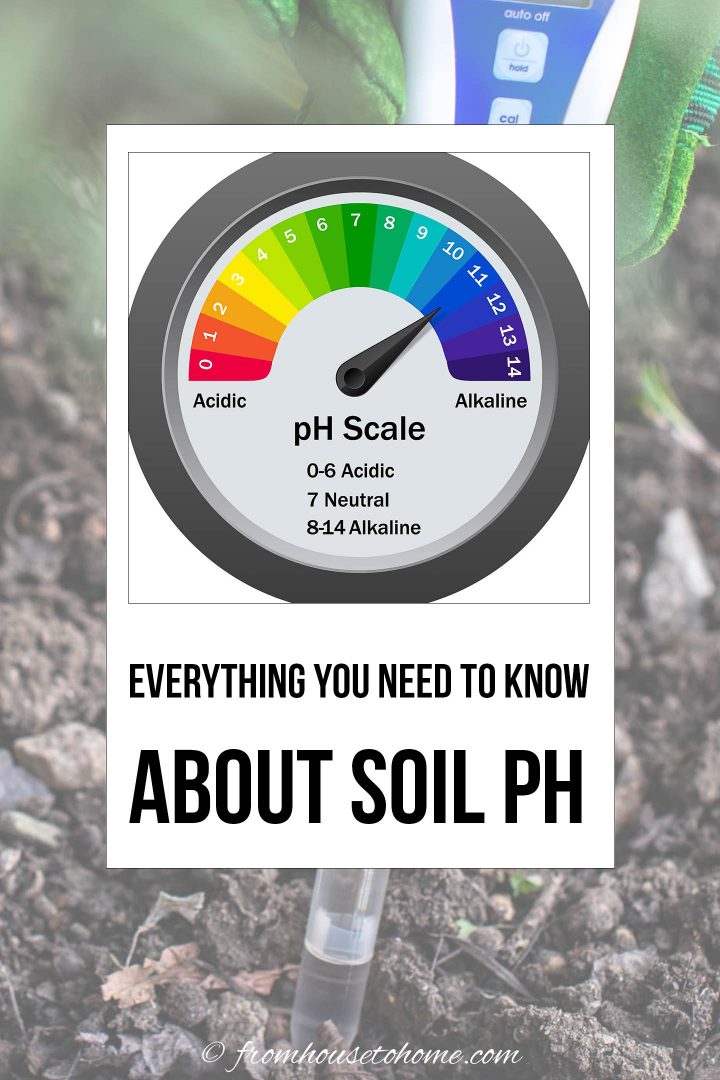
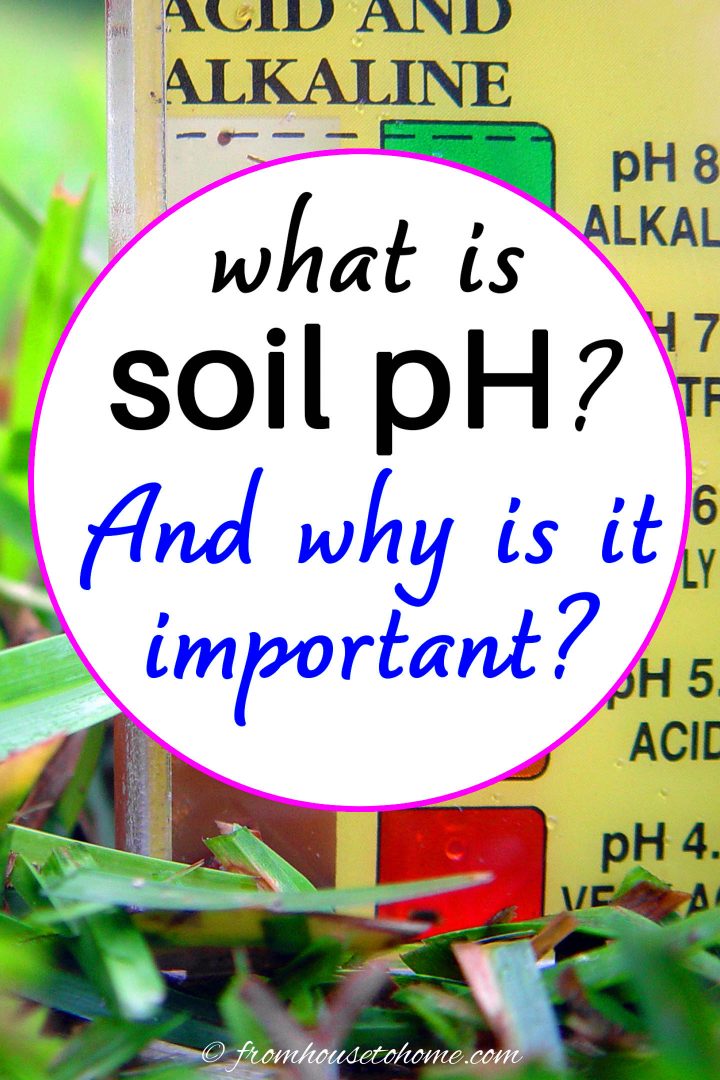
Thank you Wanda, you always give great advice, I have never tested my soil, I have just
assumed it’s alkaline,as there are lots of lime stones in the soil, so on your advice i am going to test it, having said that plants do seem to grow well, but nothing to loose by having a test done.
Many thanks once again
Thanks, Breeda! I’m happy you found it helpful. The tests are really inexpensive these days so I think it’s worth doing just to know for sure what you’re dealing with 🙂
Thanks for an easy to understand article for a very intimidating subject. Another easy way to test your soil is to contact your county agricultural agent – even if you live in a large city. They will send you a kit with simple instructions for low or no cost. Also your lawn may have a very different ph. requirement than your planted garden so needs different treatment.
Good points, Lin! Thanks for mentioning them 🙂
Unfortunately, my garden is almost all clay. What advice would you give to give it a better chance to grow things?
Hi Elizabeth…My soil is mostly clay, too, so I know how difficult it is to work with. The best thing is to dig in a lot of organic matter to help break it up. (I like to use triple mix–a mixture of top soil, compost and peat moss). There is one good thing about clay. It contains a lot of nutrients, so plants will do quite well without a lot of fertilizing once they can actually grow in it.
Thank you! I’m excited! I’m glad I asked.